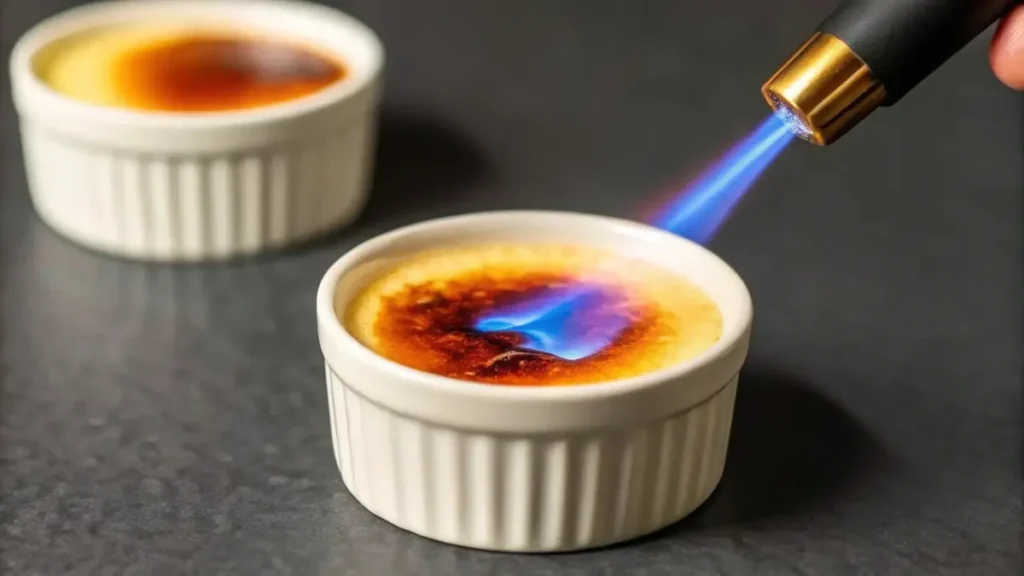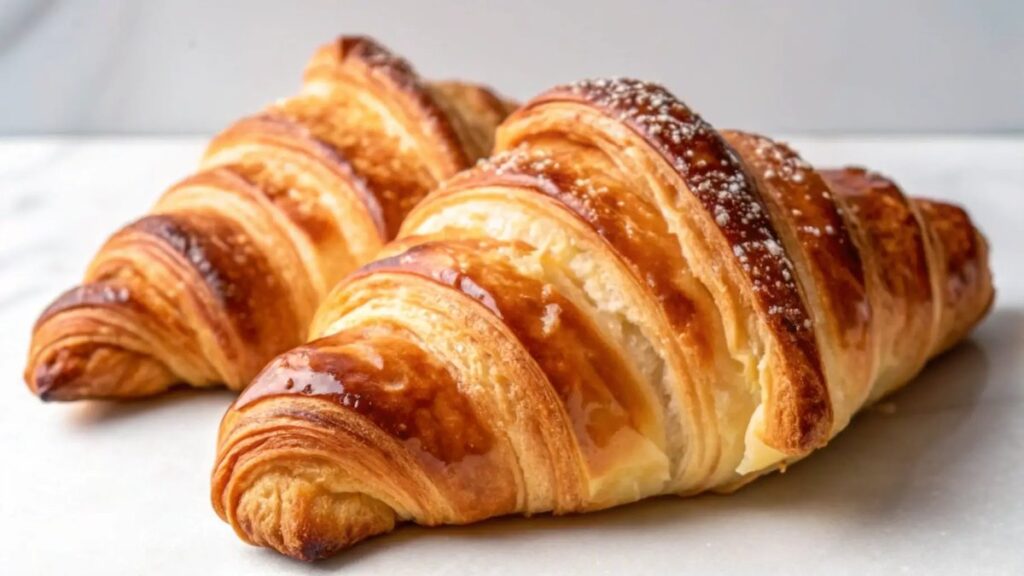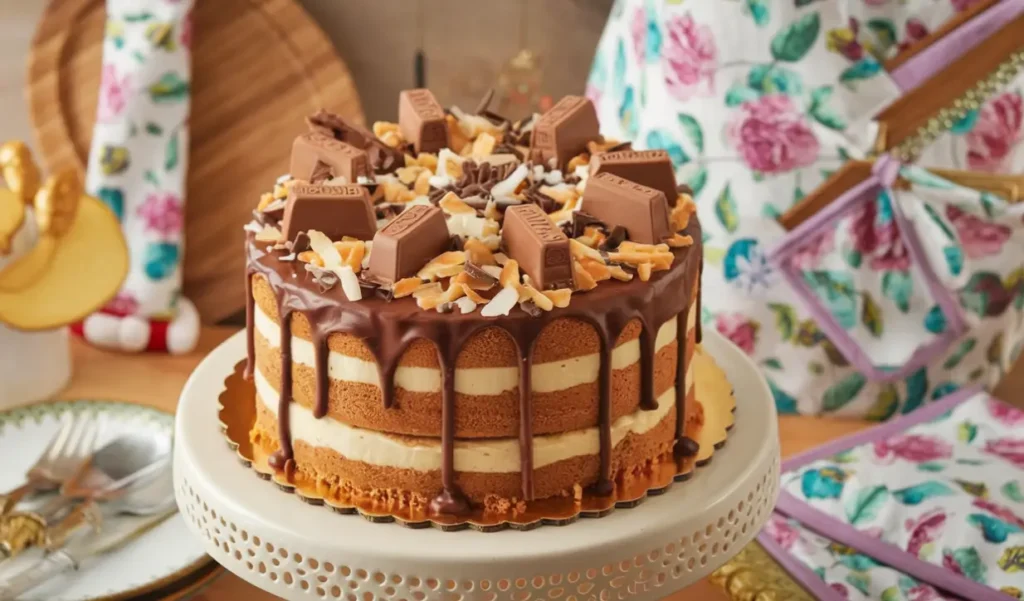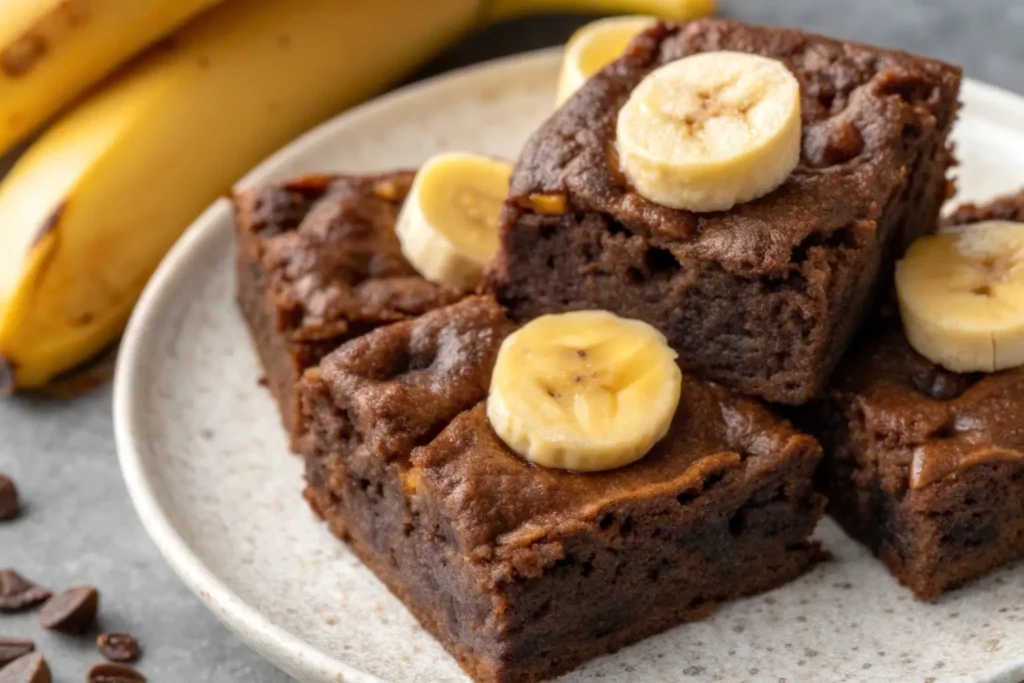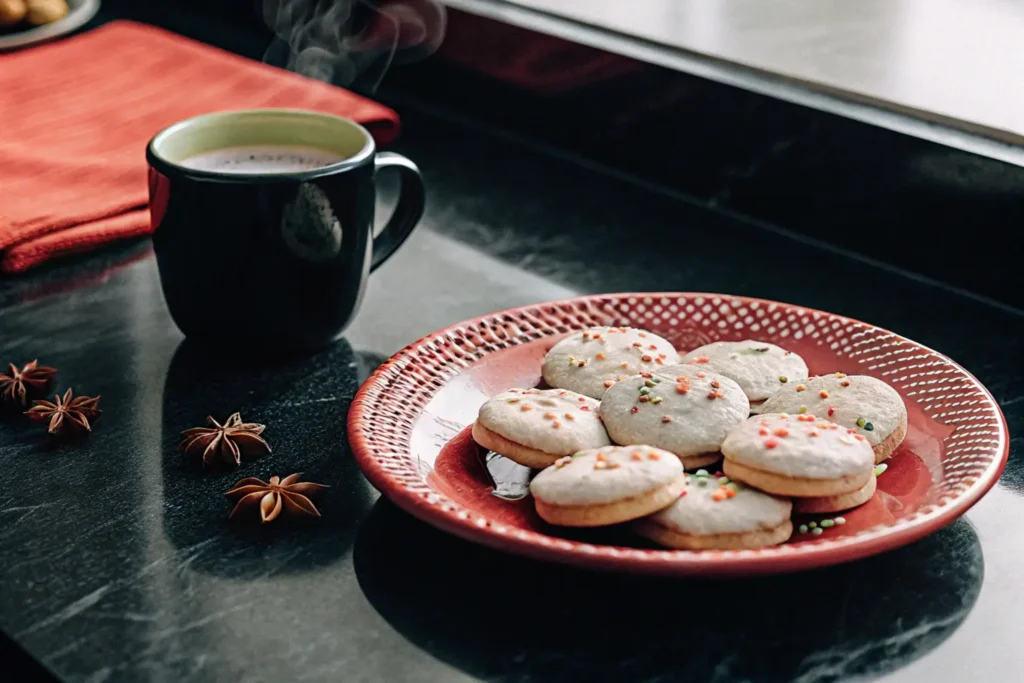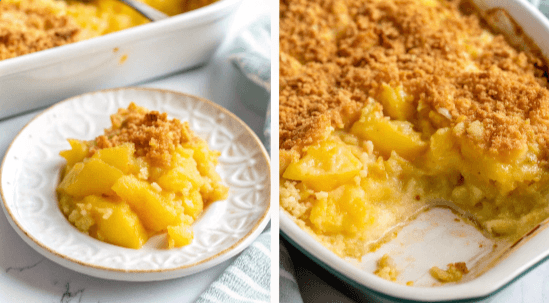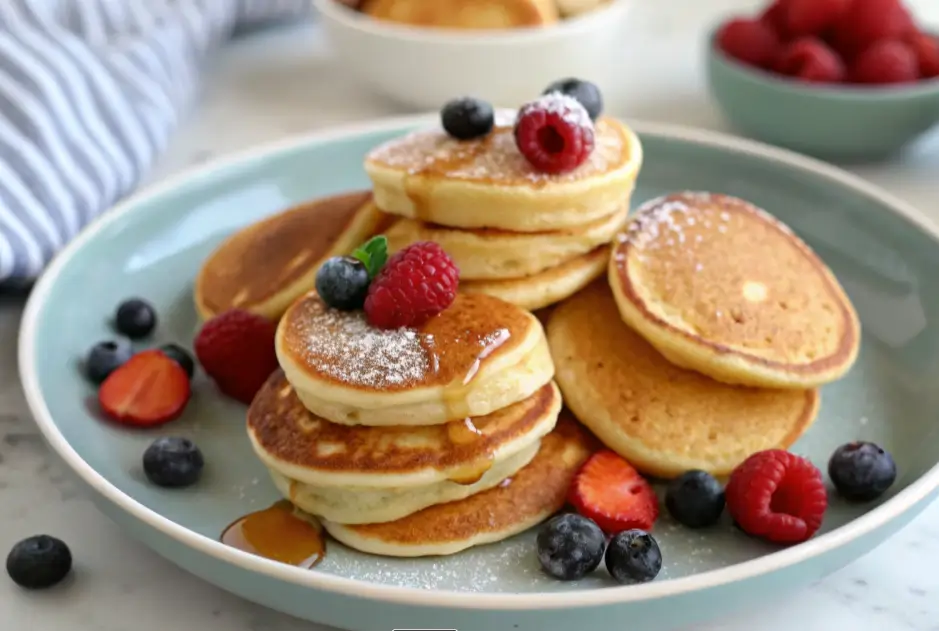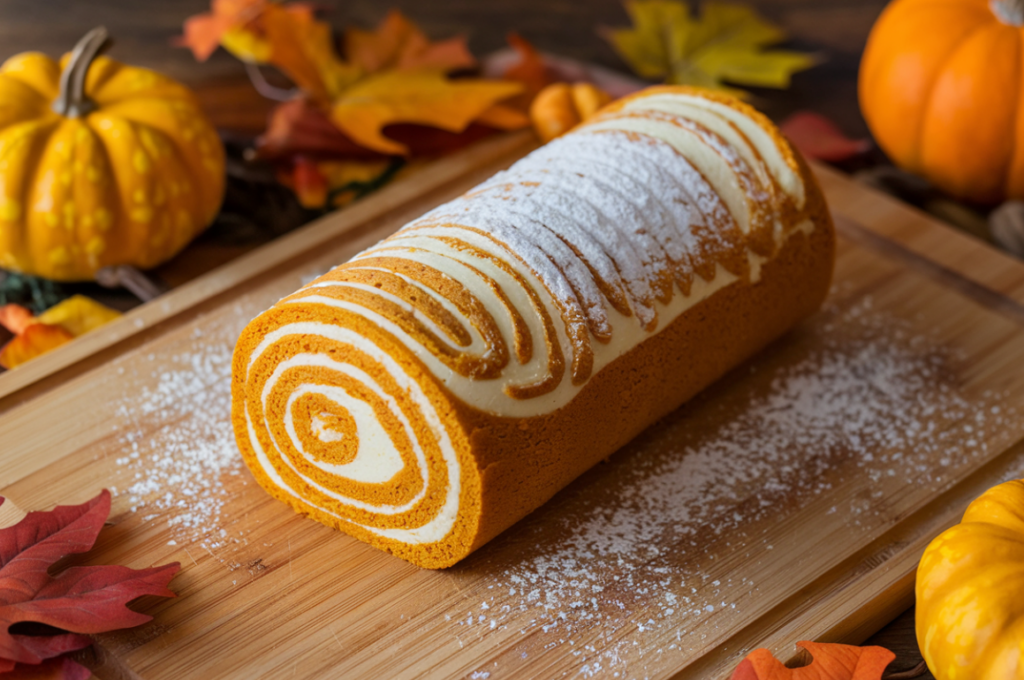Master the Ultimate Crab Brûlée Recipe: Step-by-Step Guide
Crab Brûlée is a luxurious dish that combines the creamy indulgence of custard with the savory richness of crab. This guide will take you through its origins, ingredients, tools, and preparation tips to help you … Read more
